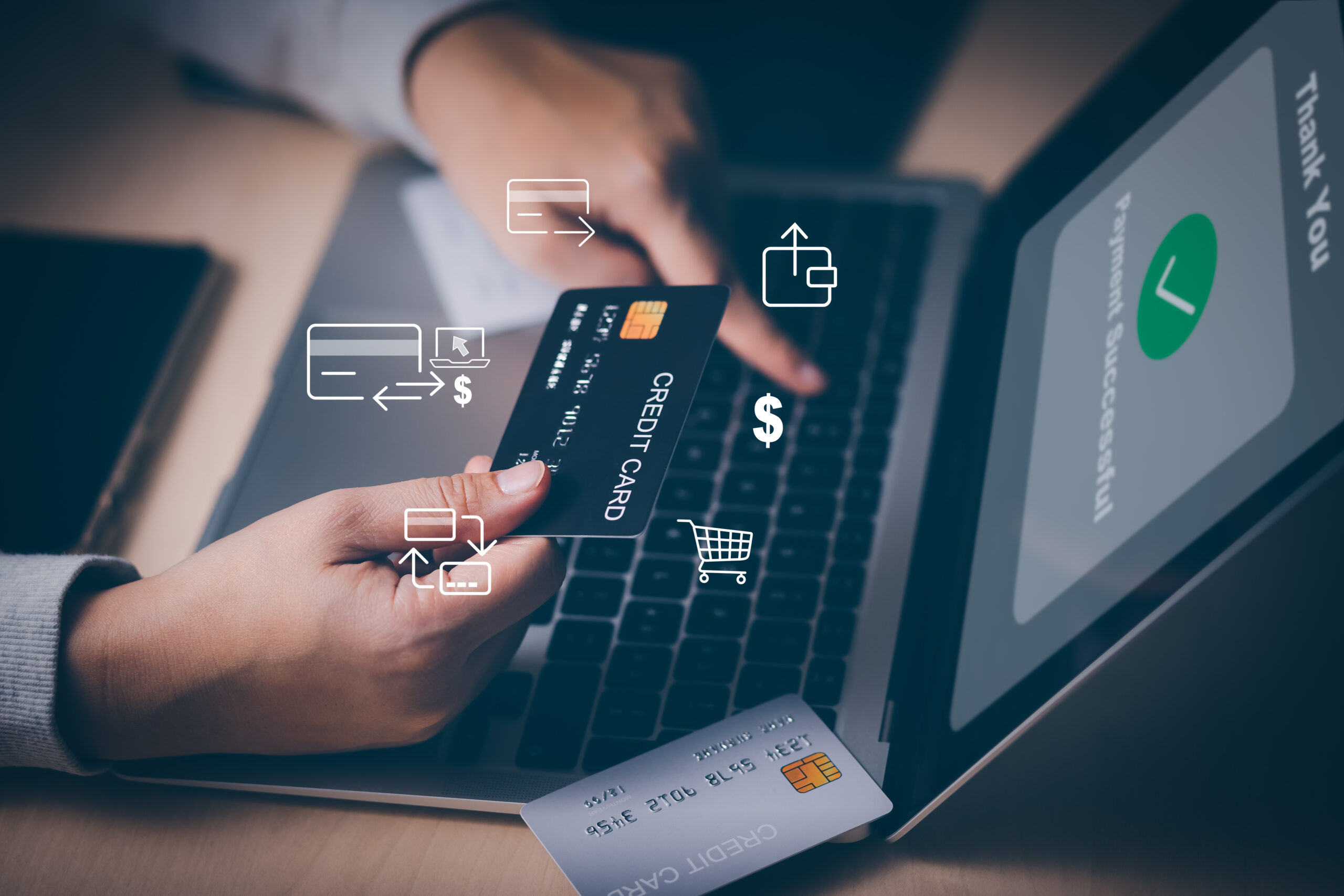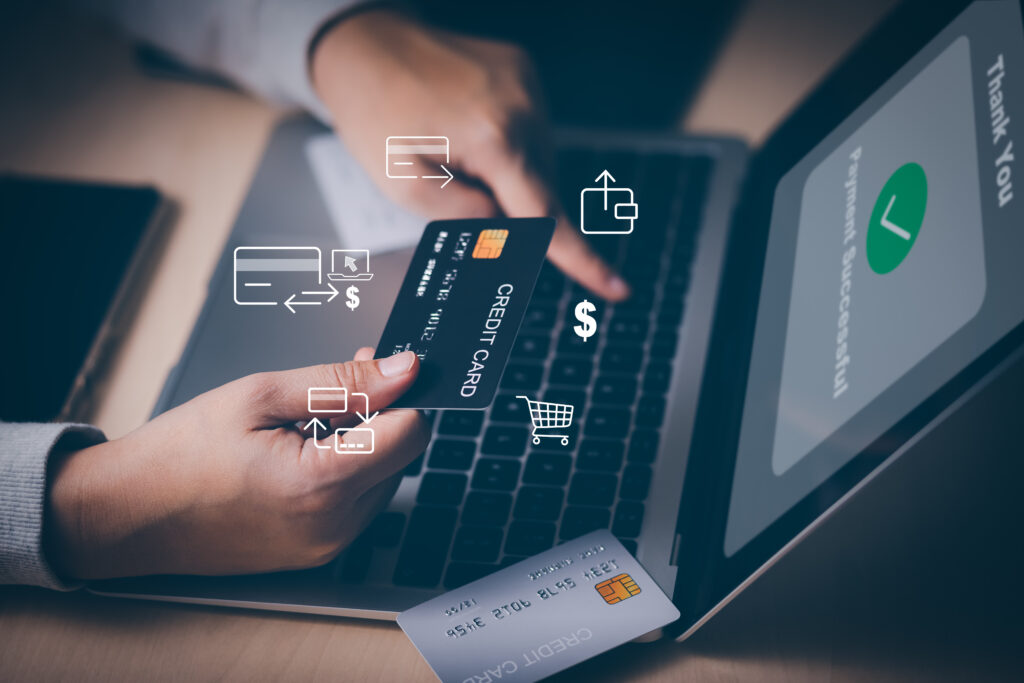
The world of payments is continuously changing as technology advances, which comes as no surprise. And, with so many new advancements happening, the future of payment technology might seem rather unclear.
However, one thing is as clear as daylight: the future of payment systems lies in the digital world. But what does the future of digital payments look like? What payment processing technologies and trends are altering the world of digital payments, and how will they affect businesses and consumers alike?
Well, that’s what we will be taking a closer look at as we discuss various payments and their possible evolutionary paths.

The Future of Online Payments: An Overview
___________
The future of online payments isn’t solely tied to a single path, instead, it diverges as it becomes the future of payment gateways and various payment methods, and their usages. So, let’s examine it step-by-step.
The Future of Mobile Payments
Considering you’re probably reading this on your mobile device, it’s logical to start the discussion with that in mind – so let’s take a peak into the future with mobile payments in mind.
Since phones are the most commonly used digital device, it comes as no surprise that, in recent years, mobile payments have really grown in popularity. And, more and more users tend to use their smartphones when it comes to paying for goods and services online. This is because of one thing: the factor of convenience, which is what truly sets mobile payments apart from other forms of payments.
With that in mind, most businesses nowadays allow mobile payments, allowing their customers to enjoy their services and goods in a convenient and time-saving way. After all, it’s not just their customer base that benefits from this system. Instead of going through a taxing payment process, nowadays, any item a customer wants is just a click away from their digital shopping cart. This, in turn, helps businesses grow and expand, clearing their path across the globe.
And, since the future of real-time payments lies in the digital realm, it’s safe to say that, for that realm to thrive, it needs to rely on mobile payment systems.
Considering all of this, let’s expand the world of mobile payments a bit and discuss its important components.
The Future of B2B Payments
Nowadays, many businesses are going digital, after all, the internet is, on its own, the best marketing tool available. And, with a digital presence, come digital payments. As we’ve mentioned, many businesses allow mobile payments nowadays. And, these payments are made via various payment methods.
Online payment gateways, cryptocurrencies, and digital wallets are some of the most popular ways of digital payment. And, all of these methods have intertwined paths.
With many of these businesses allowing international payments, the future of cross-border payments is right at the door. Many people nowadays have access to multiple payment methods, such as multiple credit cards, and more than one payment gateway, and some even use cryptocurrencies as a payment method on a regular basis.
Additionally, check payments, which used to be popular in business-to-business transactions, are going out of fashion, as they get replaced by more convenient means of payment.
The Future of Cross-Border Payments
Not all online payment methods allow you to make international transactions. However, the ones that do, have truly revolutionized the world of international payments.
In fact, most online payment gateways nowadays allow you to make international transactions. For example, you can use payment gateways such as PayPal, Revolut, or Stripe to make payments across the globe.
And, in addition to that, the future of payment gateways also has interesting things in store. While many payment gateways are secure and have easy integration with other platforms and websites, there’s still room for improvement.
With that being said, the future of payment systems will provide increased security measures, such as biometrics and AI-driven fraud detection. Furthermore, seamless integration with future technologies such as IoT devices and decentralized cryptocurrencies has the potential to revolutionize and transform payment gateways.
The Future of Retail Payments
The future of payment processing for retail payments is predicted to be driven by seamless digital experiences that will use technology such as biometric authentication, NFC, and QR codes.
Digital wallets and contactless payment methods will also gain in popularity, which will, in turn, lessen the need for traditional credit cards and cash.
Furthermore, the rise of blockchain and various cryptocurrencies has the potential to alter the payment environment by giving consumers and businesses alike secure decentralized transactional solutions.
When it comes to cryptocurrencies, they’ve certainly grown in popularity over the previous several years. And, we can expect this trend to continue. While many people still regard cryptocurrencies as a niche business, they are rapidly becoming recognized as a valid payment method. Judging by the way things are going now, more and more businesses will accept cryptocurrencies as a payment mechanism in the future, and more consumers will use them to pay for goods and services.
The Future of Bundled Payments
Hopefully, in the future, healthcare providers will continue putting value-based care first and lowering the general cost of things. If this continues to happen, bundled payments are sure to experience refinement and growth. Additionally, analytical and technological advancements will also lead to better and more precise bundling of healthcare services.
How to Adapt to the Changing Tides of the Future
___________
Adapting to the ever-changing climate of digital payments necessitates a diverse approach. For example, a logical first step would include businesses prioritizing the integration of safe and user-friendly digital payment methods.
These would include mobile wallets and contactless payment choices since that’s what customers are most interested in.
Secondly, it is essential to invest time and effort into strong cybersecurity procedures to protect sensitive consumer data and avoid possible breaches.
For step number three, businesses should keep up with emerging technologies such as blockchain and cryptocurrencies that might offer up new avenues for innovative payment solutions.
Additionally, educating both staff and customers about the benefits and proper use of digital payments is also rather important. Since it will result in seamless transitions. And finally, by remaining nimble and open to experimentation, businesses will be able to quickly adopt new trends and technologies as the world of digital payments changes and evolves.